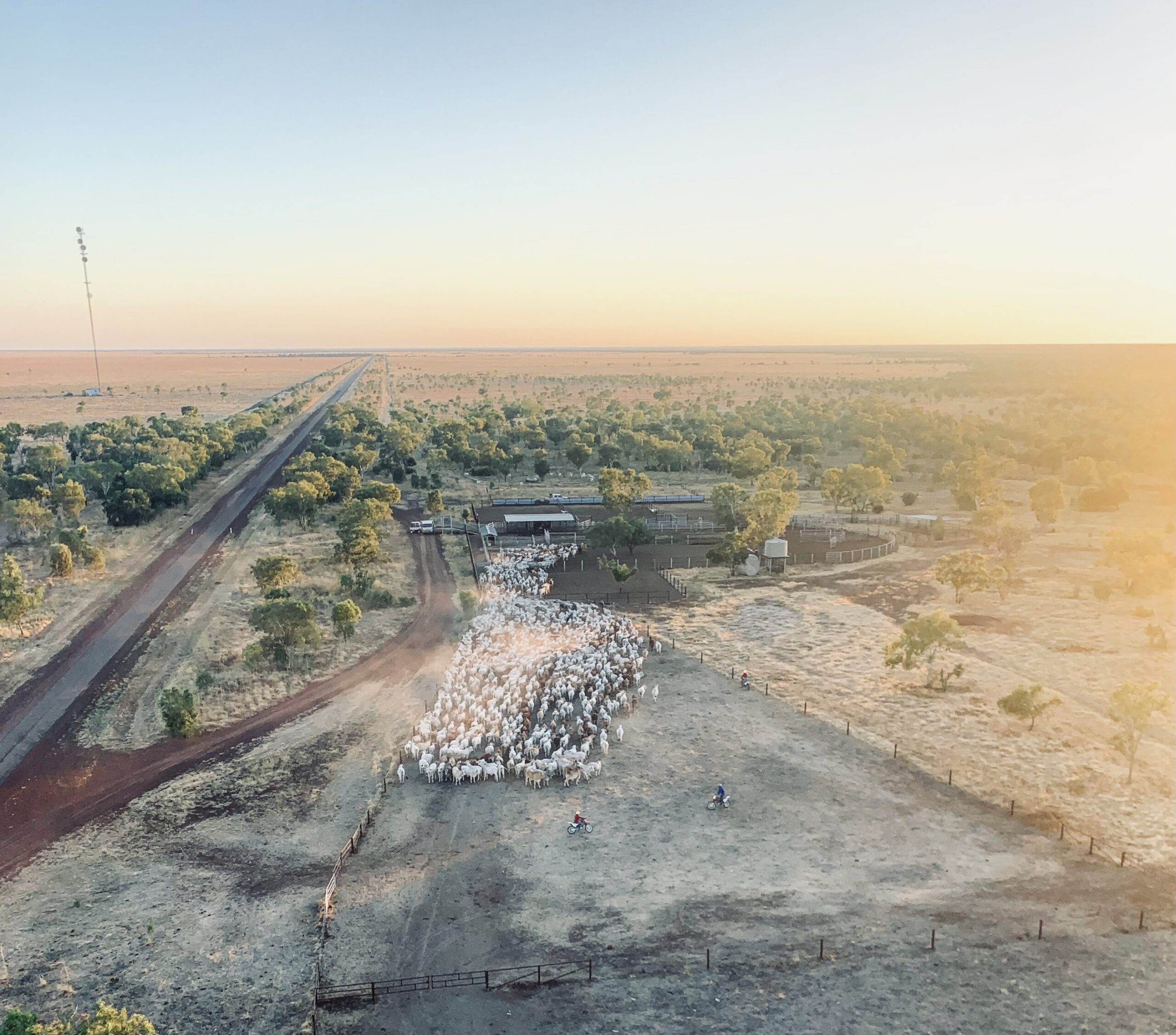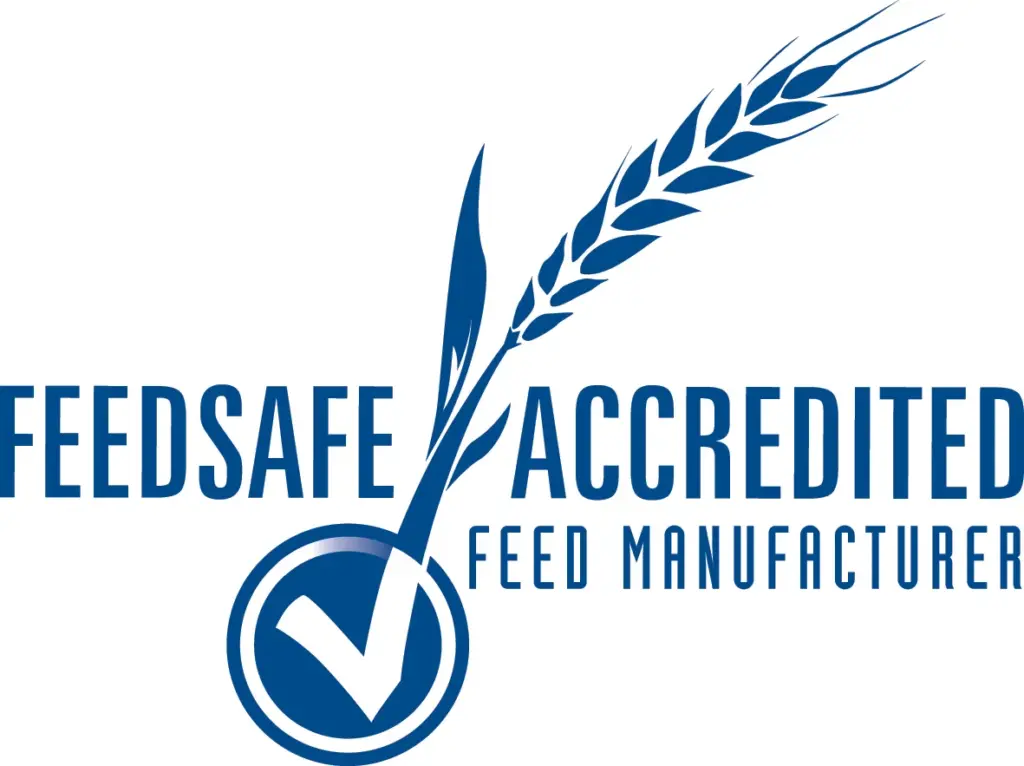Livestock experience significant stress during yarding, mustering, transport and weaning. These stressful events can result in major production losses from decreased appetite and extended periods of recovery. Magnesium has been shown to act as natural sedative to reduce stress and therefore aid in reducing the costs associated with stress on livestock for producers.
Magnesium is involved with cellular respiration and many other cellular reactions. It also is responsible for many different functions such as: enzyme activation, protein synthesis, muscle contraction, bone health, immune system and nerve activity. Magnesium ions within the body moderate neuro-muscular activity based on its relationship with calcium (McDonald, et al., 2011). This relationship involves the interaction of the hypothalamic-pituitary-adrenal axis (HPA axis) which is responsible for the secretions of corticosteroids and catecholamines hormones during stress. These hormones induce stress and triggers the animals ‘fight-or-flight’ response.
Cattle can only store very small amounts of magnesium in their bones and soft tissues. If magnesium is not adequate within their diet, metabolic disorders may occur e.g., hypomagnesemia (Elliott, 2009). Hypomagnesemia is also known as grass tetany, which is observed when magnesium outputs are below magnesium input. This deficiency in magnesium causes muscle spasms, convulsions and even sudden death. During hypomagnesemia there are more calcium ions throughout the body compare to magnesium. This alters the Mg/Ca ratio and calcium causes hyperexcitability and activates cell function. Calcium causes contraction of the muscles and with low levels of magnesium within the body the muscles are unable to relax causing “staggers”.
A low Mg/Ca ratio increases the release of stress hormones and extends the period of stress, resulting in progressive magnesium deficit and deleterious consequences to health (Vink & Cuciureanu, 2011). When intracellular levels of magnesium are low and an influx of calcium is observed, several biological responses such as vasoconstrictions and inhibited relaxation of cardiac and smooth muscles can occur. By supplementing magnesium into diets of livestock a decrease of cortisol and catecholamines during stressful periods is reduced by actively blocking calcium ions (Mota-Rojas, Orozco-Gregorio, Gonzaiez-Lozano, Roldan-santiago, & Martinez-Rodriguez, 2011). Magnesium reduces tissue sensitivity to parathyroid hormone (PTH) and is vital for calcium homeostasis (Goff, 2008).
Therefore, magnesium reduces neuronal hyperexcitability by inhibiting calcium channels and increases synaptic depression. This action leads to a reduction of stress hormones by the anterior pituitary which ultimately blocks secretions of stress hormones. This additional intake of magnesium causes a sedation effect which “calms” the livestock and relaxes nerve impulses after transmission.
DIT AgTech’s uCALM mix contains the main trace minerals (Iodine, Cobalt, Copper, Zinc, Selenium and Manganese) with additional magnesium and glucose. uCALM delivers a cost competitive rate of magnesium to reduce the secretions of cortisol and catecholamines by altering the Mg/Ca ratio which blocks calcium causing hyperexcitability and synaptic activity.
Bibliography
Elliott, M. (2009). Grass tetany in cattle – treatment and prevention. NSW DPI.
Goff, J. (2008). Transition Cow Immune Function and Interaction with Metabolic Diseases. West Central Cooperative.
McDonald, P., Edwards, R., Greenhalgh, J., Morgan, C., Sinclair, L., & Wilkinson, R. (2011). Animal Nutrition, seventh edition. Pearson.
Mota-Rojas, D., Orozco-Gregorio, H., Gonzaiez-Lozano, M., Roldan-santiago, P., & Martinez-Rodriguez, M. (2011). Therapeutic Approaches in Animals to Reduce the Impact of Stress During Transport to the Slaughterhouse: A Review. International Journal of Pharmacology, 568-578.
Vink, R., & Cuciureanu, D. (2011). Magnesium and stress. Magnesium in the Central Nervous System.



